Quantitative Research Critique: Study on Nursing and Patient Care
VerifiedAdded on 2023/06/04
|5
|1005
|68
Report
AI Summary
This report provides a detailed critique of a quantitative research study examining the relationship between nurse staffing, education, work environments, and patient mortality rates in South Korea. The original study aimed to address the gap in knowledge regarding the impact of these factors on healthcare delivery in South Korea, particularly in comparison to OECD standards. The critique assesses the study's methodology, including data collection methods, statistical analysis, and ethical considerations, highlighting limitations such as sample size and potential biases. The findings of the original study suggest a positive correlation between nursing workplace conditions, nurse staffing levels, training, and patient mortality rates. The critique concludes by emphasizing the importance of addressing these factors to improve patient care and reduce mortality rates in South Korea, noting the study's adherence to ethical standards and its potential contribution to healthcare improvements. Desklib offers this document as a resource for students studying healthcare and research methodologies.
1 out of 5
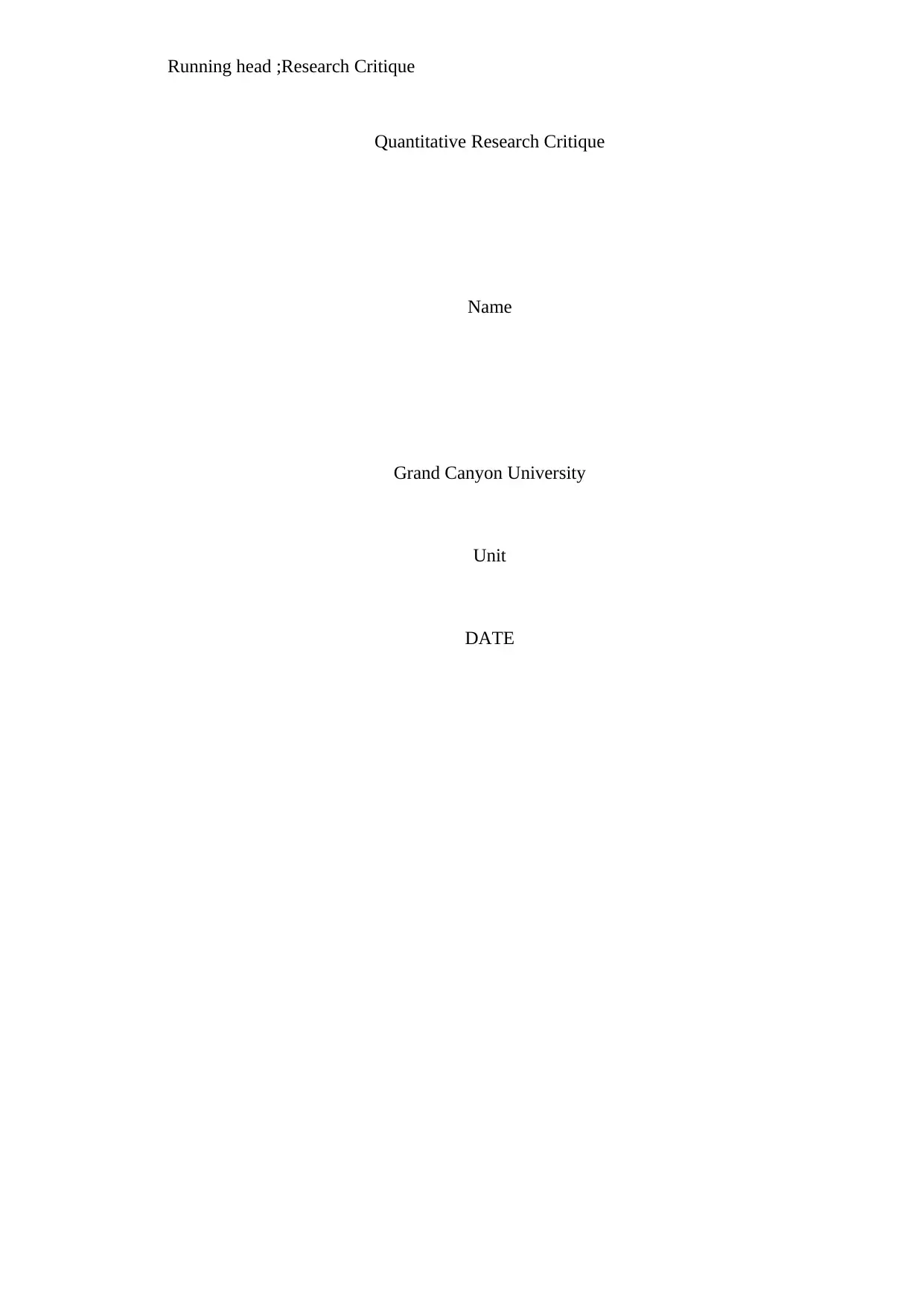
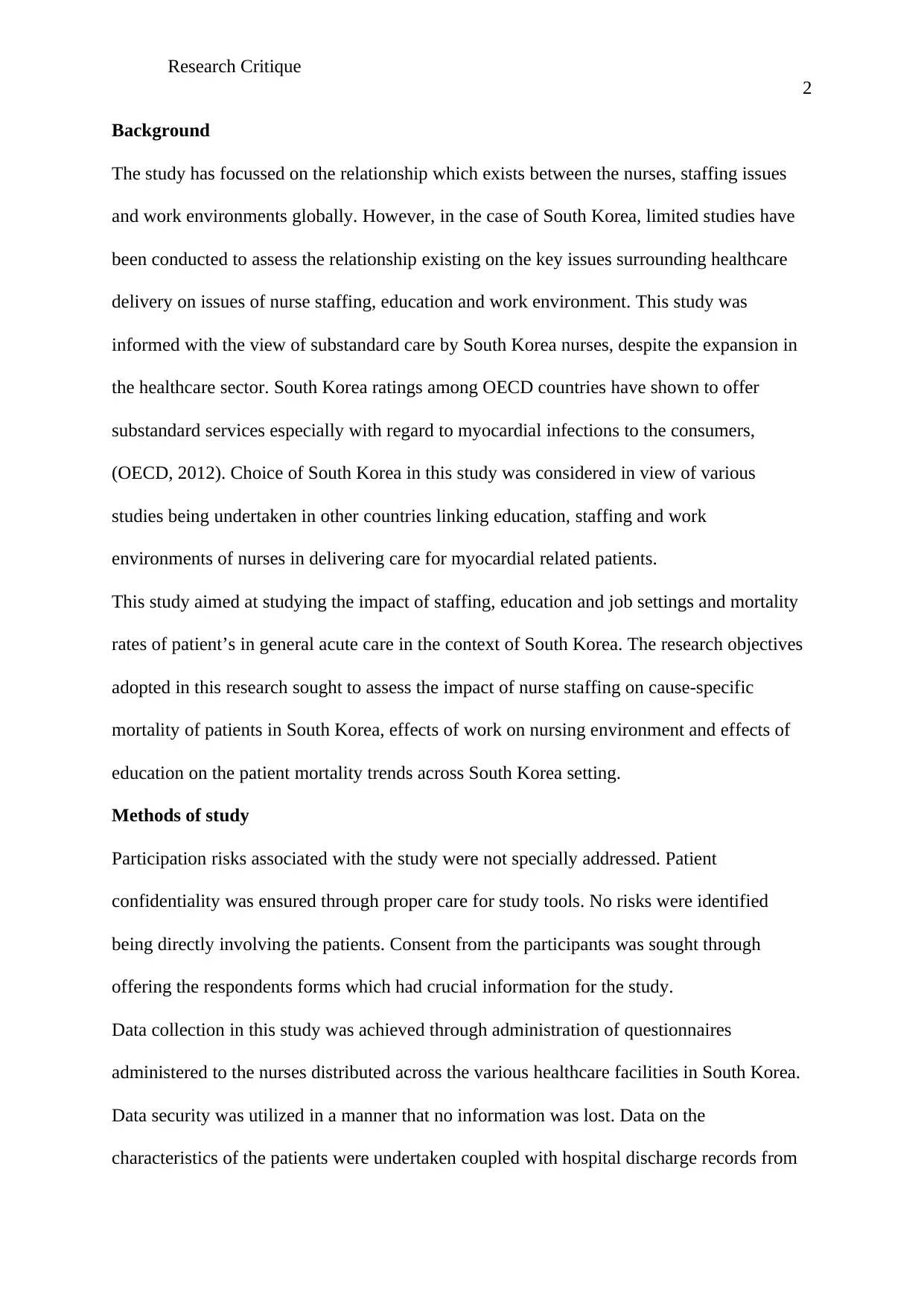
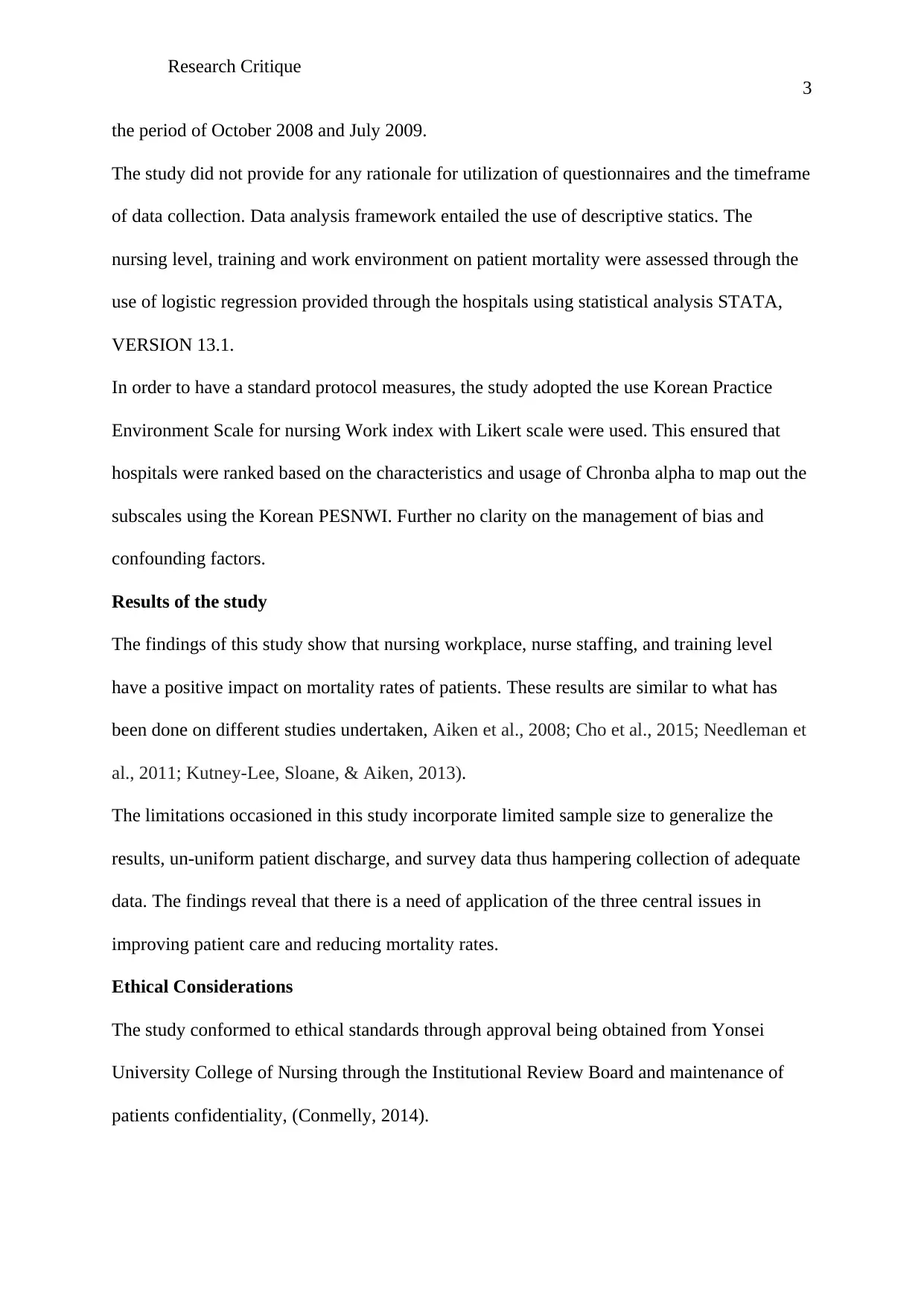

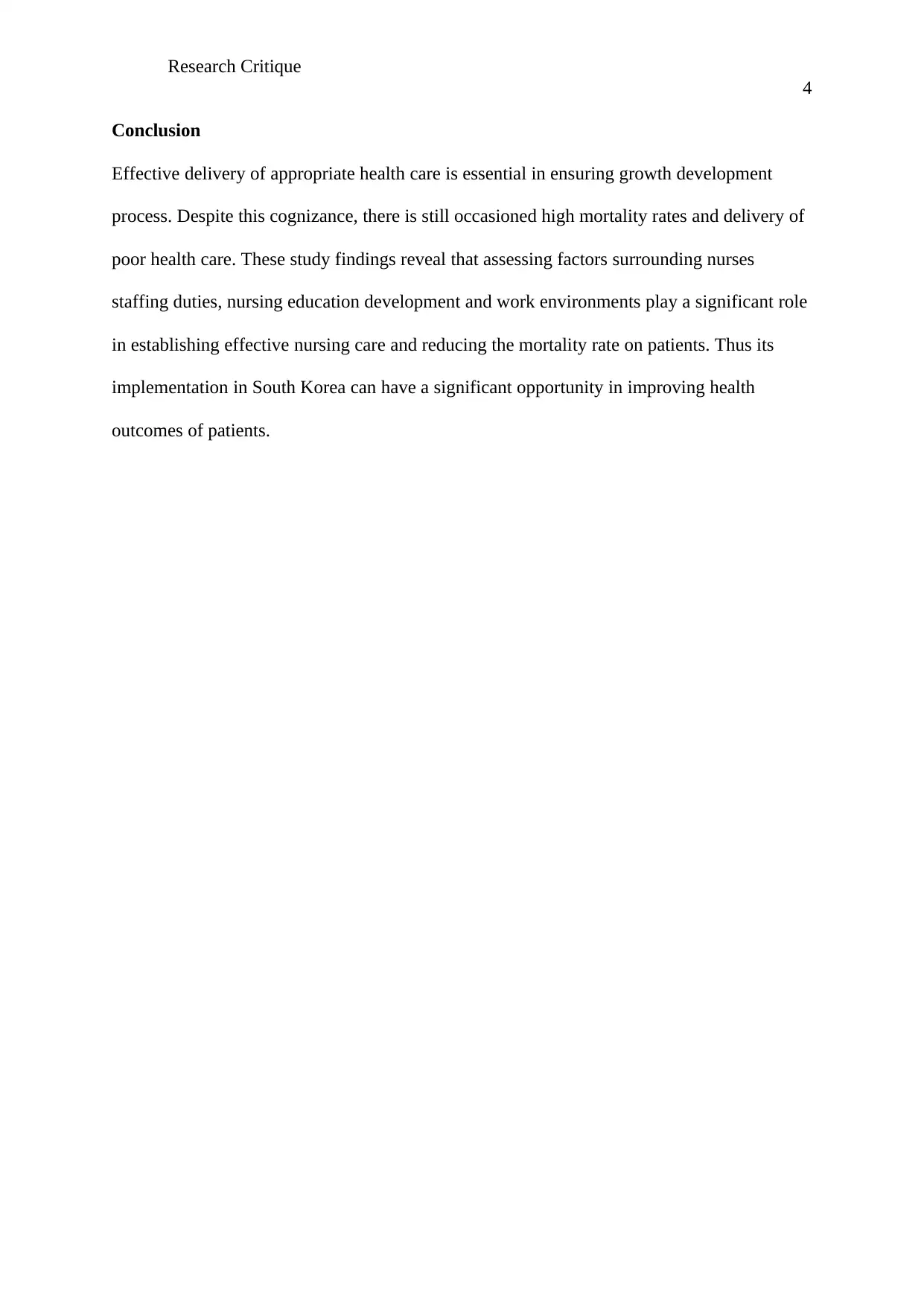
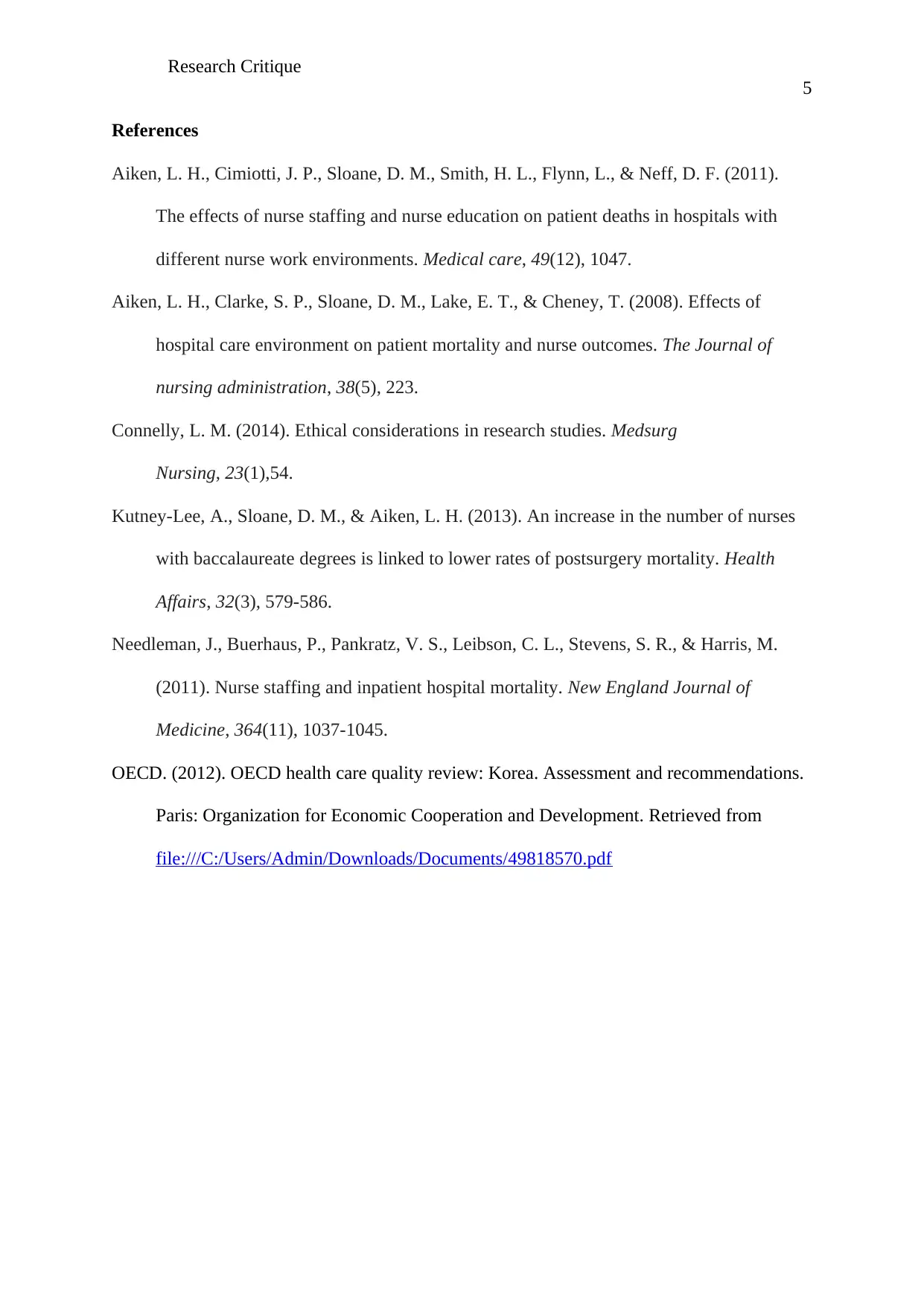





![[object Object]](/_next/static/media/star-bottom.7253800d.svg)